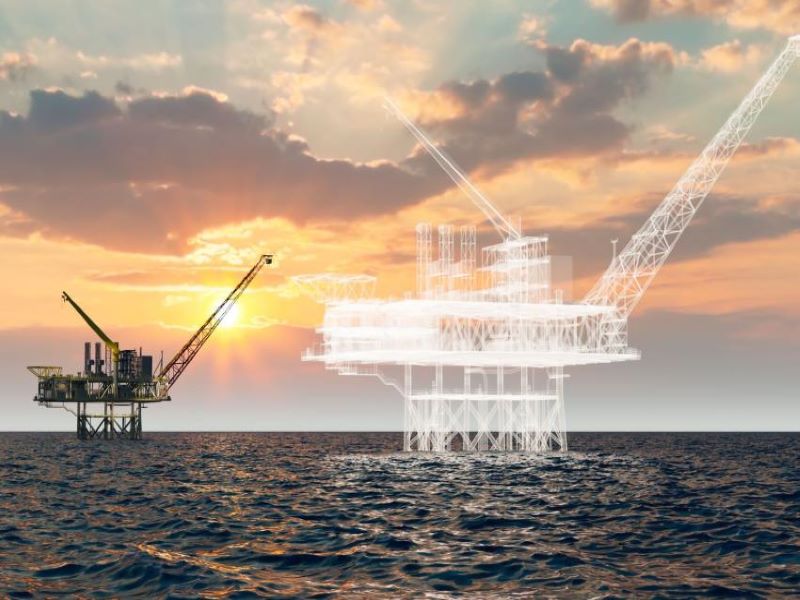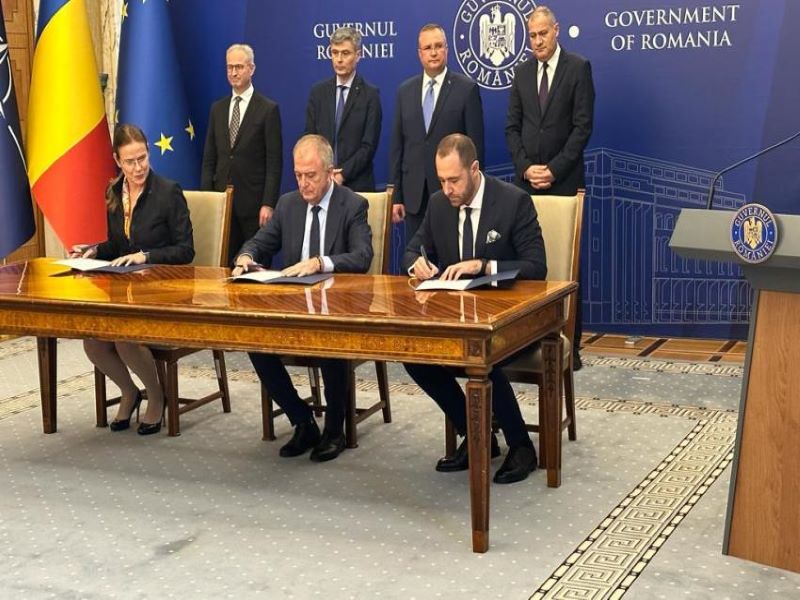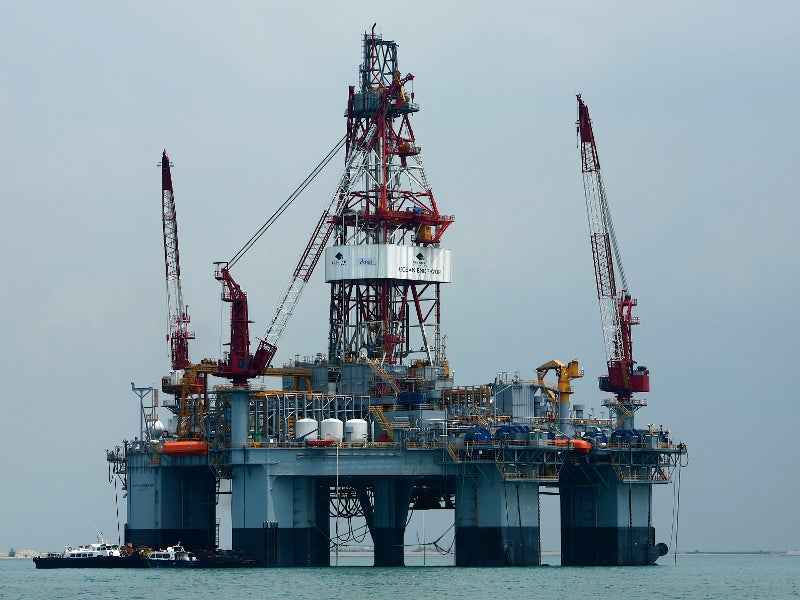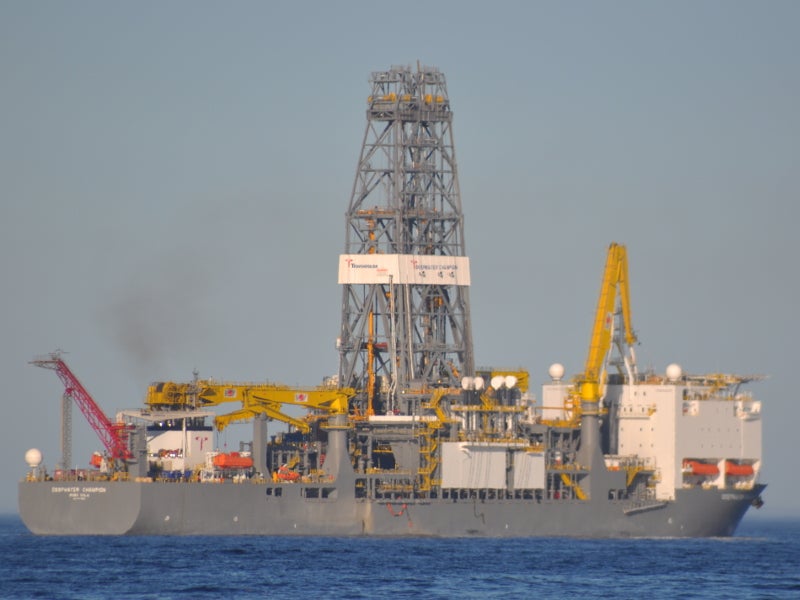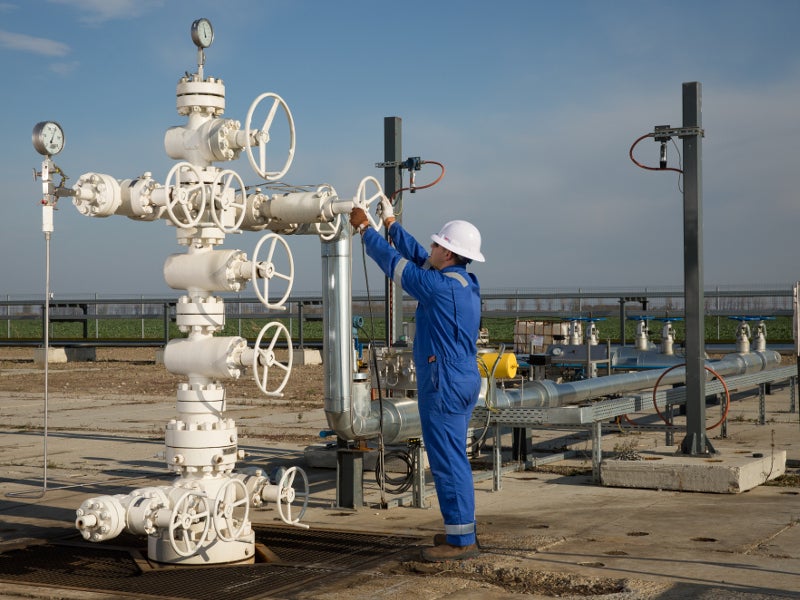Neptun Deep is a deep-water offshore gas field development project located in the Romanian deep-water sector of the Black Sea, in water depths between 100m and 1,700m. It is the largest natural gas project in the Romanian Black Sea.
In 2000, the Romanian government made a concession agreement with OMV Petrom, an integrated energy company based in Romania, and ExxonMobil, an oil and gas company based in the US, to explore and develop the Neptun Deep natural gas perimeter in the Black Sea until 2030.
ExxonMobil Exploration and Production Romania, a subsidiary of ExxonMobil, was appointed as the operator with a 50% interest in the field, while the remaining 50% was held by OMV Petrom. In January 2019, the government extended the concession agreement until 2045.
ExxonMobil announced its decision to exit the project in 2019, citing the regulatory changes in the country and low oil and gas prices globally. The company invested approximately $700m in project development.
In August 2022, Romgaz, an oil and gas company based in Romania, acquired ExxonMobil Exploration and Production Romania and OMV Petrom became the operators of the project.
The final investment decision on the project was taken in June 2023. Neptun Deep will be developed with an estimated investment of $4.37bn (€4bn).
First production from the field is expected in 2027. The field is expected to produce eight billion cubic metres (bcm) annually for approximately ten years.
Neptun Deep gas field project location and reserves
The Neptun Deep project lies in the Neptun Block, which spans approximately 7,500km² of the deep-water region of the Black Sea. The Neptun Deep natural gas perimeter extends across 9,900km² in the Black Sea.
Exploration activities in the Romanian continental region of the Black Sea commenced in 1969 while the first hydrocarbons were discovered in 1980.
The Neptun Deep field is estimated to contain recoverable natural gas resources of approximately 100 bcm.
Exploration details of Neptun Deep gas field project
ExxonMobil acquired over 3,000km² of three-dimensional seismic data over Neptun Deep Block between 2009 and 2010. The drilling activities in the Neptun Block began by the end of 2011.
In 2012, the Domino-1 exploration well was drilled in 1,000m deep water approximately 170km off the coast of Romania.
The well encountered 70.7m of net gas pay and confirmed the presence of natural gas in the deep-water sector of the block.
Based on initial estimates, the Domino-1 well was expected to produce approximately 630 million cubic feet per day (Mmcfd) of gas. A seven-month 3D seismic study covering an area of 6,000km² in the block was completed in 2013.
In 2014, the second well, Domino-2, was drilled in a water depth of approximately 800m, 200km offshore Romania, using the Ocean Endeavour rig. The rig also drilled the Pelican South-1 wildcat well approximately 155km offshore to evaluate a new geological structure on the Neptune Block.
A second exploration drilling programme was completed in January 2016. A total of seven wells were drilled during the campaign and most of them encountered gas. Extensive engineering work was performed in 2017.
OMV and ExxonMobil invested more than $1.5bn in exploration and appraisal activities in the block during the period between 2008 and 2016.
The Domino and Pelican South reservoirs were declared as commercial reservoirs in December 2022.
Neptun Deep gas field project development plan details
The Neptun Deep gas field project involves the development of the Domino and Pelican South fields, which will be tied back to the Neptun unmanned shallow water platform.
The Domino field will be produced through six wells connected to two subsea drill centres. It will be connected to the Neptun platform through 36.5km umbilical flowlines.
The Pelican South field will produce from four wells connected to one subsea drill centre and will be tied back to the Neptun platform through a 1.6km-long electrically heated flexible flowline.
The Neptun platform will be connected to an onshore metering station through a 160km-long, 30in diameter pipeline.
Contractors involved
Transgaz was contracted to provide transport services for natural gas from the field to the National Transport System (NTS) in March 2023. The natural gas will be transported through the 308.3km Tuzla-Podisor gas transmission pipeline at the Tuzla entry/exit NTS point. The 17-year contract will be applicable from September 2026.
Exploration activities of OMV Petrom in Romanian Black Sea
OMV Petrom is exploring shallow as well as deep waters in the Black Sea. In the Neptun Shallow Perimeter, the company has a 100% interest in a shallow-water exploration project.
In addition to the Neptun Block, the company is performing exploration and production operations in the shallow water of Istria perimeter in the Black Sea. OMV Petrom produces hydrocarbons from five reservoirs, including Lebada East, Pescarus, Sinoe, Lebada West and Delta in the Istria perimeter.
The company produced 119.1kboe/day of oil and gas in Romania in 2022.

